What Is a Bill of Exchange?
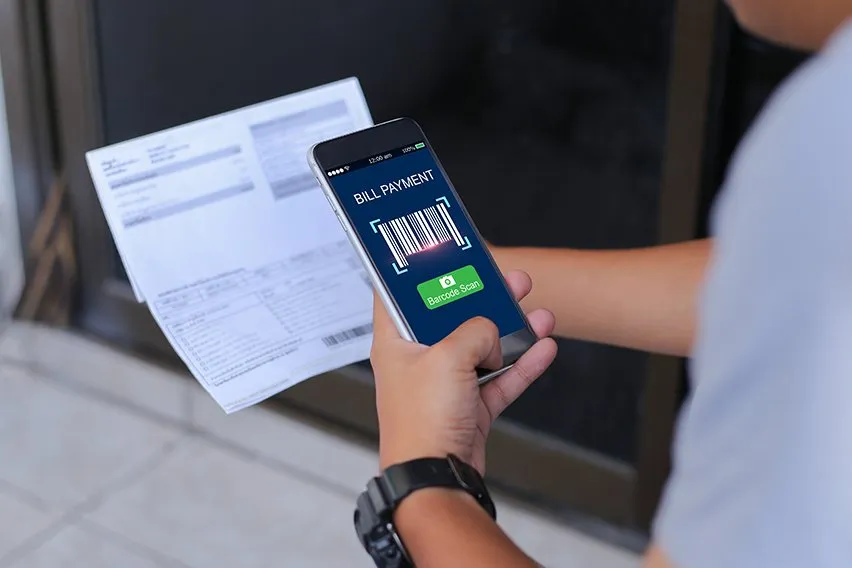
A bill of exchange is an essential component to doing international business. This guide explains the purpose of this document in its entirety. As a business owner, it’s important that you understand the function of these binding orders and when to use them.
Moreover, bills of exchange might be completely new ground for you. We uncover the important details about this document and what it means to you. As you will see, bills of exchange offer flexibility in terms of payment and when it’s made.
And unlike checks and promissory notes, you can transfer a bill of exchange for immediate payment and more. But there are also some drawbacks that you may need to take into account. So read on to find out all about these payment orders.
Here’s What We’ll Cover:
Bill of Exchange: Know the Facts
Promissory Notes and Bills of Exchange
Bill of Exchange: Definition
A bill of exchange is an order mainly written for international trade. It serves to bind various parties to pay one another a fixed amount either on-demand or at a later date. Moreover, a bill of exchange is similar to a check or promissory note. Here, both banks and individuals can draw from them, and they can usually transfer by endorsement.
Furthermore, there are typically three parties involved in the use of a bill of exchange. These parties include:
The Drawee: The party who pays the money
The Payee: The party who receives the money
The Drawer: The party that requires the payer to reimburse the payee
Bills of exchange are prevalent in international trading. They help exporters and importers complete transactions. Please note that bills of exchange aren’t contracts. Related parties may use these documents to specify transaction terms, such as accrued interest rates and credit terms.

Bill of Exchange: Know the Facts
Bills of exchange (BoE) may include as many as three parties. As discussed, the drawee refers to the one who pays the amount specified in the document. Next, the payee refers to the person who gets the money. And lastly, the drawer refers to the one who requires the payer to reimburse the payee. So unless the drawer chooses to transfer the document to a mediator payee, the drawer and the payee are one and the same.
However, unlike a check, a BoE is a written certificate that outlines the debtor’s debt to the creditor. It is often used to buy products or services in international trade. Although the bill of exchange itself isn’t actually a contract, the parties involved may use it as a means to fulfil the contract’s terms.
Moreover, it can stipulate that payment is either on-demand or at a later date. It usually extends the credit period, for example, 90 days. Similarly, the drawee has to accept the bill of exchange in order for it to be valid.
It’s important to note that bills of exchange cannot pay interest. Thus, they are essentially post-dated checks. Also, they can accrue interest if they’re not paid on time. As such, the BoE must make clear what the interest rate is beforehand.
Instead, they can transfer at a discounted price before the designated payment date. The draft must clearly specify the following details:
- Parties involved (drawee and drawer)
- Amount
- Date
If a bank issues the document, it’s typically referred to as a “bank draft.” Moreover, the bank that issued the BoE guarantees payment for the transaction. And if a bill of exchange comes from an individual, it’s a trade bill or trade draft. In the event that the payment is on-demand (immediately), the BoE is a “sight draft.”
Sight drafts used in international trade let the exporter hold the ownership title of the exported products. And they may do so until the importer picks up the goods and pays immediately. But if the funds are set for payment on a specific future date, it is a “time draft.” Time drafts let the importer reimburse the exporter within a short time after receiving the goods.
Bill of Exchange: Example
Bills of exchange share some similarities with promissory notes. However, there are differences. For one, a bill of exchange can bind parties to pay one another. They are also transferrable. It’s important to add that the party required to pay another doesn’t have to be involved in creating the BoE.
Promissory notes are issued by debtors, promising to reimburse a set sum of money within a set amount of time. A common type of promissory note is a banknote.
An example of a bill of exchange in action would be as follows: Suppose that Company A buys auto parts from Supply Company B at a price of $25,000. Supply Company B issues the BoE document, and in this case, becomes the payee and the drawer.
The draft stipulates that Company A will pay Supply Company B $25,000 within 90 days. Company A thus becomes the drawee, accepting the BoE and shipping the goods. Within 90 days, Supply Company B will present the BoE to Company A for payment. The BoE is a confirmation created by Supply Company B (also a creditor in this instance) to show the debts of the debtor Company A.
Checks and Bills of Exchange
There’s always a bank involved with checks. Bills of exchange, on the other hand, can involve anybody, and that includes banks. Checks are paid on demand, but bills of exchange can specify whether they are paid on demand (right away) or at a later date.
Moreover, bills of exchange act like post-dated checks, and they can’t be used to pay interest. However, they can accrue interest in the event that they aren’t paid for by the agreed-upon time. But the interest rate at which it accrues must be determined beforehand.
And unlike checks, bills of exchange are written certificates that detail what a debtor owes to a creditor and when that debt is expected to be paid. This serves as a practical payment method, notable among international dealings.
Cash and Bills of Exchange
With the above information in mind, bills of exchange act like cash, but only a set amount. And due to being transferable, bills of exchange are closer to cash compared to checks. However, there are some differences that separate the two.
For starters, bills of exchange establish that one party must pay another. With cash, this isn’t the case. Cash can be used freely without anything binding it to pay a specific party. Also, bills of exchange can afford the obliging party some extra time to pay their debt.
Unless the BoE is on-demand and requires that payment be made immediately, the debt can be paid at a later date. This gives one party more time to get their financial affairs in order if need be. What’s more, bills of exchange can be transferred to a third party for cash.
However, it’s worth pointing out that the purchase will come at a discount. Thus, the party selling the BoE won’t get its full amount. For example, let’s assume a BoE is owed in the amount of $10,000. The owner of the BoE could take the document to a bank and sell it for $9,500.
The advantage to doing this is that the seller of the BoE can receive payment before the drawee ever pays them. This ensures immediate payment without delay, albeit at a discount. If the payee is in a financial bind and needs money right away, this is a viable option worth considering.
Promissory Notes and Bills of Exchange
Promissory notes and bills of exchange differ from one another. Bills of exchange are negotiable and can restrict one party paying a third party that did not participate in its creation. Paper money is a common form of a promissory note.
Moreover, a BoE is issued by the creditor and orders the debtor to pay a specific amount within a given time. On the other hand, the promissory note is issued by the debtor and is a promise to pay a specific amount within a specific period of time.
Bill of Exchange Types
If banks issue bills of exchange, the documents are called bank drafts. In this case, the bank issuing the BoE guarantees that payment will be made for the transaction. But a BoE issued by an individual is called a trade draft. Furthermore, the funds may be paid either on-demand (immediately) or at a later date. In this instance, the BoE is called a sight bill.
In the world of international trade, sight drafts let the exporter hold onto the title of the exported products. And they may do so until the importer picks up the goods and pays for them at that time. But if the sum due is set to be paid at a later date, the BoE becomes a time draft. Time drafts give the importer the chance to reimburse the exporter within a short period of time after receiving the goods.

Potential Concerns
Bills of exchange aren’t perfect, as there are some downsides that need to be considered. For one, it’s important to discuss if the buyer can’t pay the amount of the BoE. In this instance, the seller could be held liable for the inability to pay.
Therefore, the third party with the goods or services could hold the payee responsible for the bill. This could cause serious financial problems for the payee. But this would only be of concern if the third-party supplier accepted the BoE in a show of good faith.
The supplier would be the one out of the money. Thus, that leaves the drawee and payee liable for payment. As such, it’s important to know who you are doing business with. It pays to work with parties that have good track records.
If you’re just getting started in international dealings, it can take some time to build relationships with suppliers. But in the meantime, you can start by only working with bills of exchange that are on-demand.
This will ensure that you get your money right away. You won’t have to worry about not getting the money owed to you. As you form relationships and determine who you can trust, you can start accepting time drafts in good faith.
In doing so, you can expand your business ventures. And you can establish new business relations with formerly untapped companies.
Key Takeaways
Bills of exchange come with many benefits. They allow greater versatility in certain aspects but also have drawbacks that you must consider. The different types of bills of exchange can serve you well in international commerce. It’s important to get accustomed to these forms so that you’ll know when to use them for the best results.
Have you been thinking about starting a new business in Australia? There is much to learn as you work toward building your brand. As such, we encourage you to explore our Resource Hub. There, we share critical information and guides that walk you through the contours of small businesses.
You can find out what you need to know regarding business taxes or registering a business name. So be sure to browse our blogs to help you prepare for running a business.
RELATED ARTICLES

 What Is Churn Rate & How To Calculate It?
What Is Churn Rate & How To Calculate It? What Is a Business Line of Credit?
What Is a Business Line of Credit?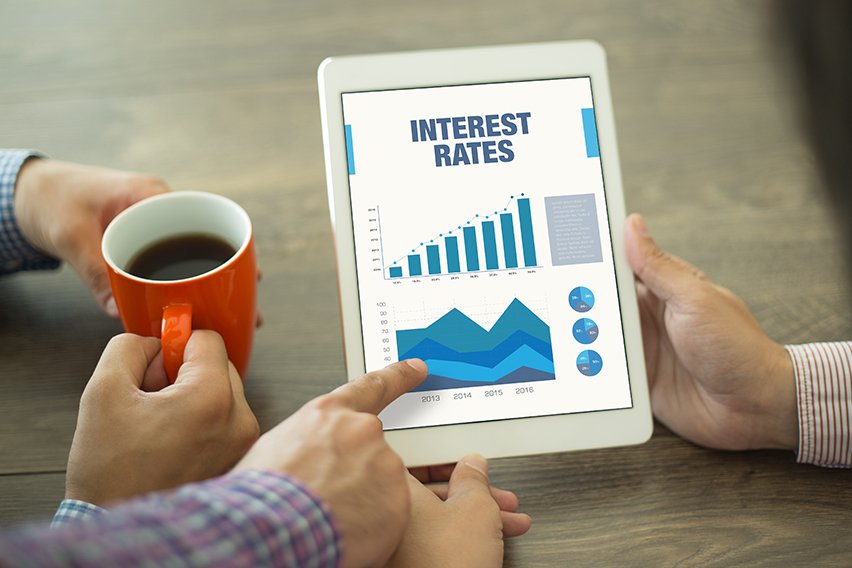 What Is Interest Rate Parity (IRP)? An Overview
What Is Interest Rate Parity (IRP)? An Overview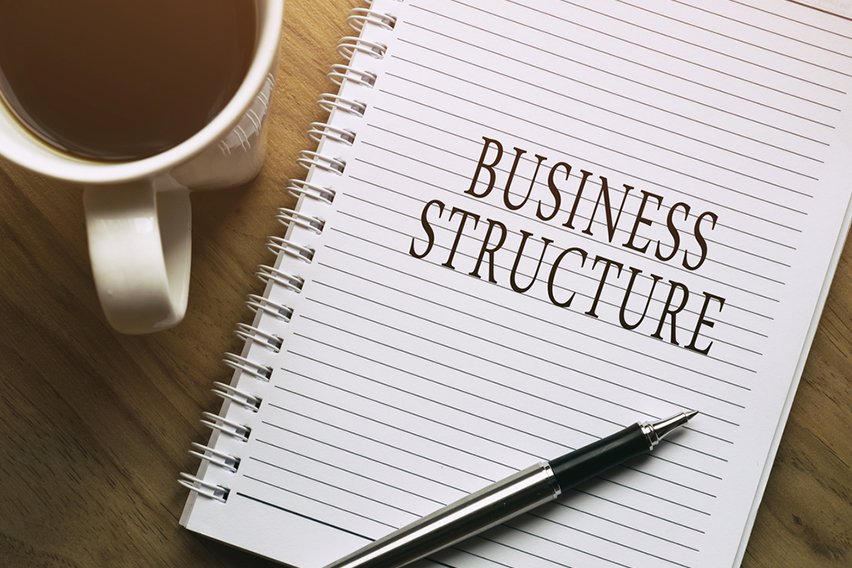 Business Structures Advantages and Disadvantages
Business Structures Advantages and Disadvantages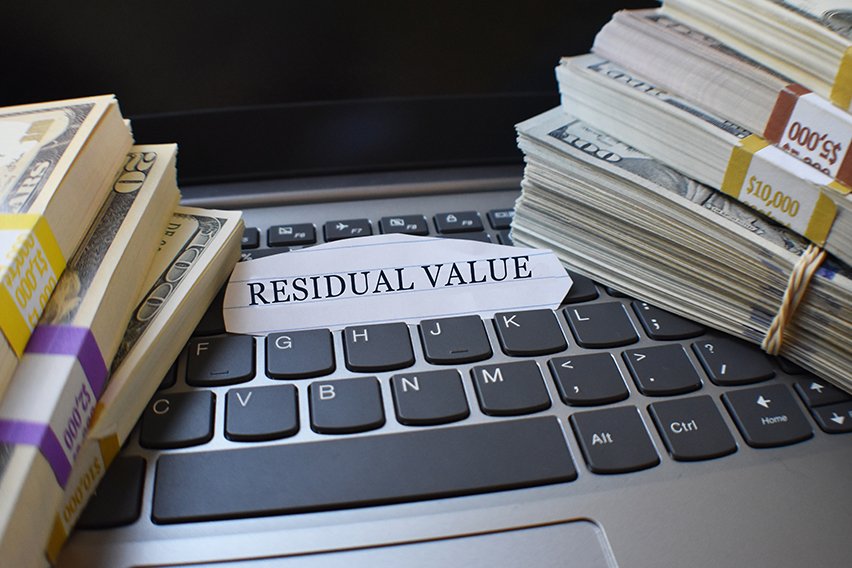 What Is Residual Value & How to Calculate It?
What Is Residual Value & How to Calculate It?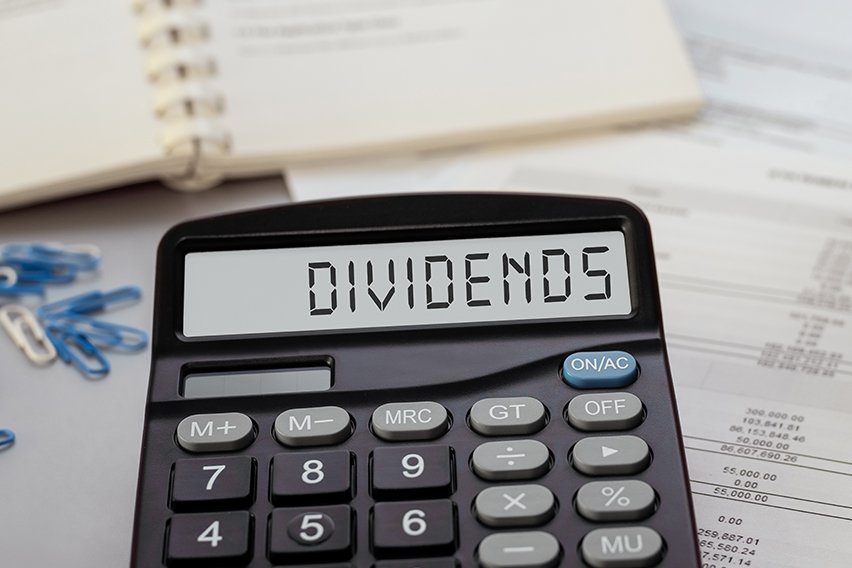 What Are Franked Dividends & How Does It Work?
What Are Franked Dividends & How Does It Work?